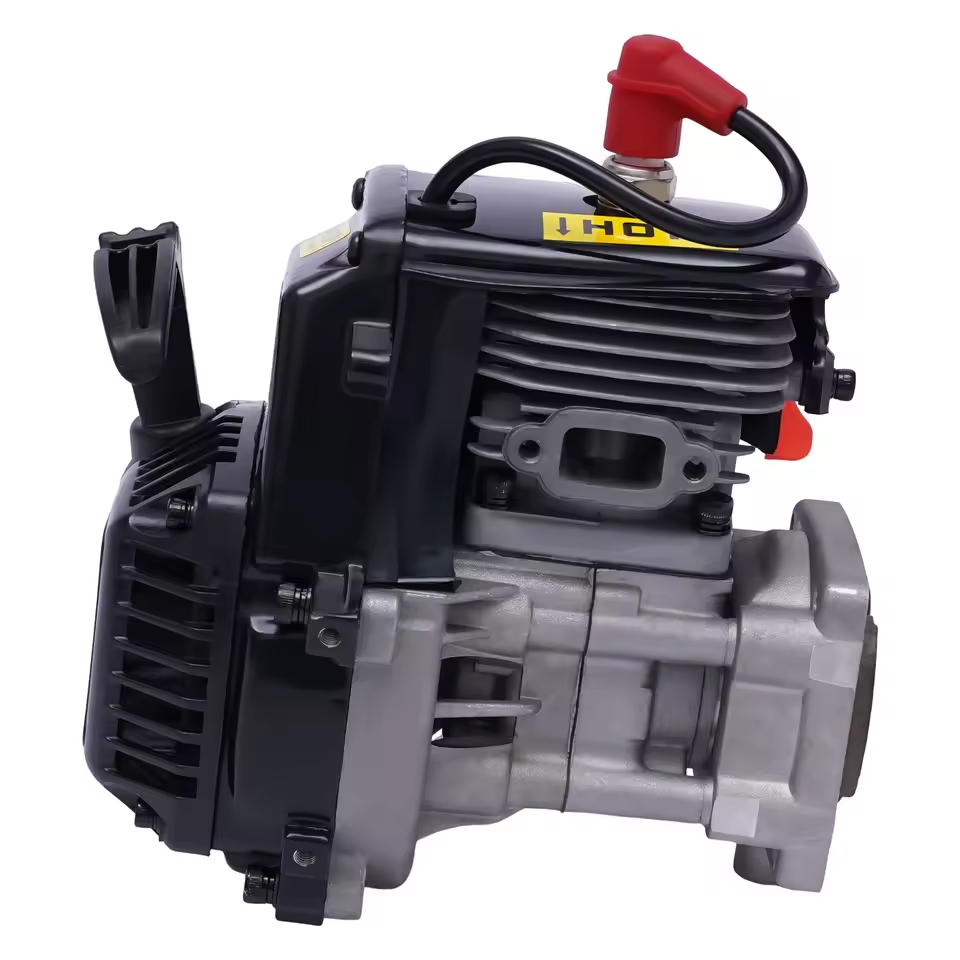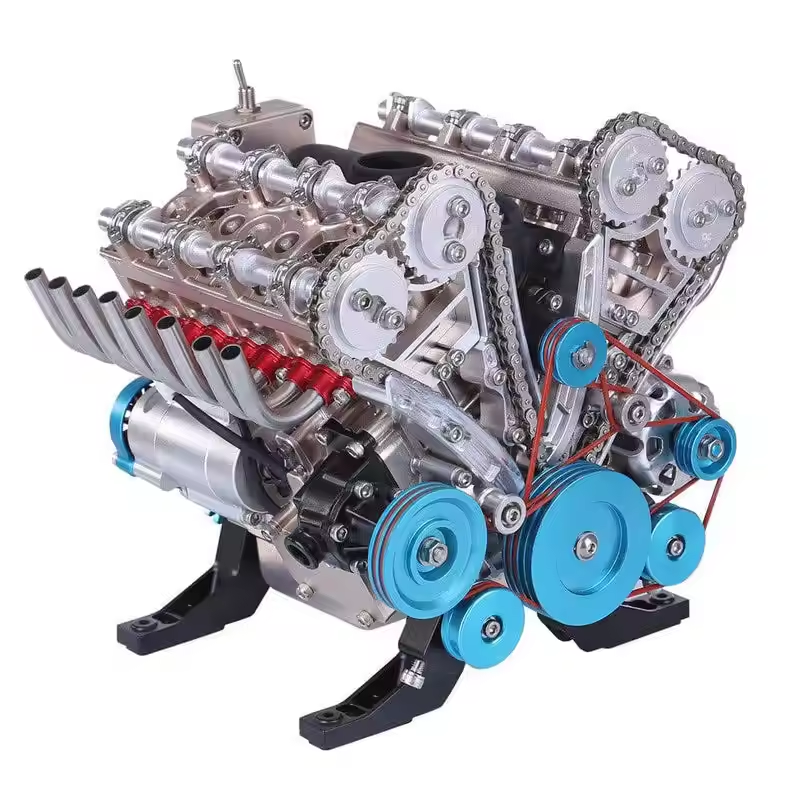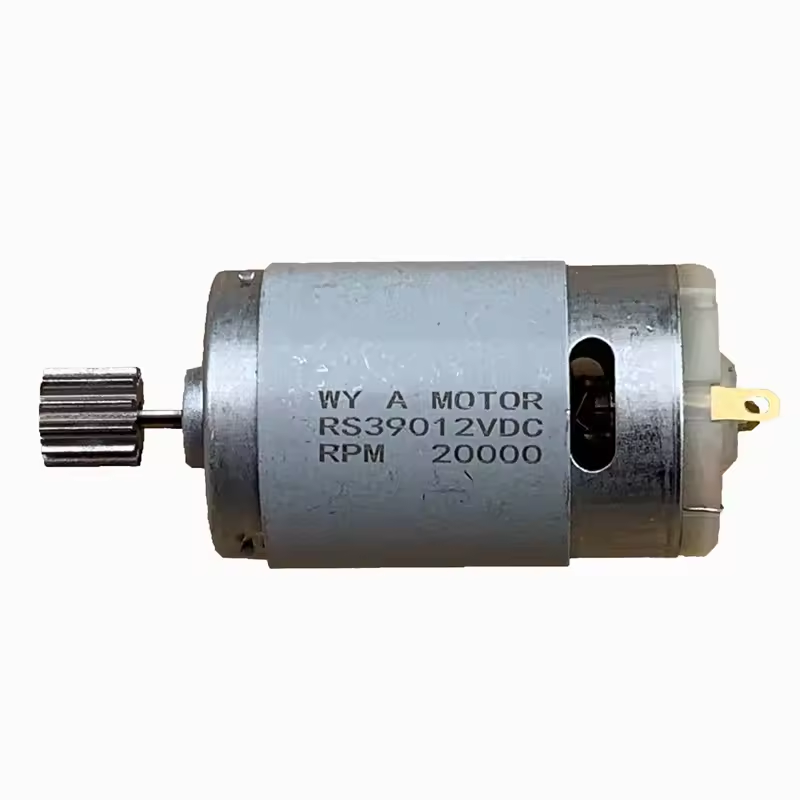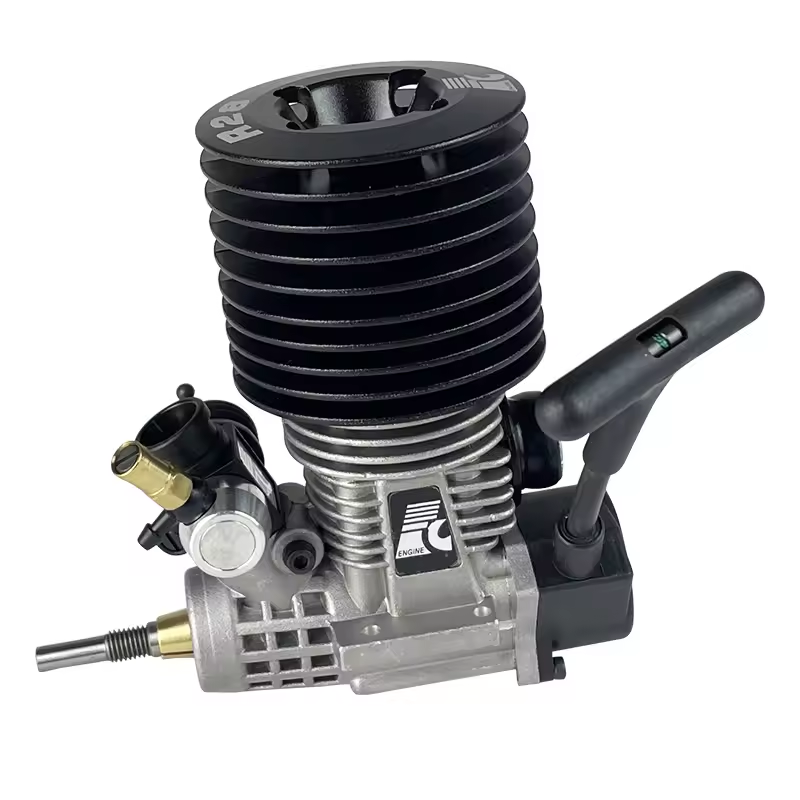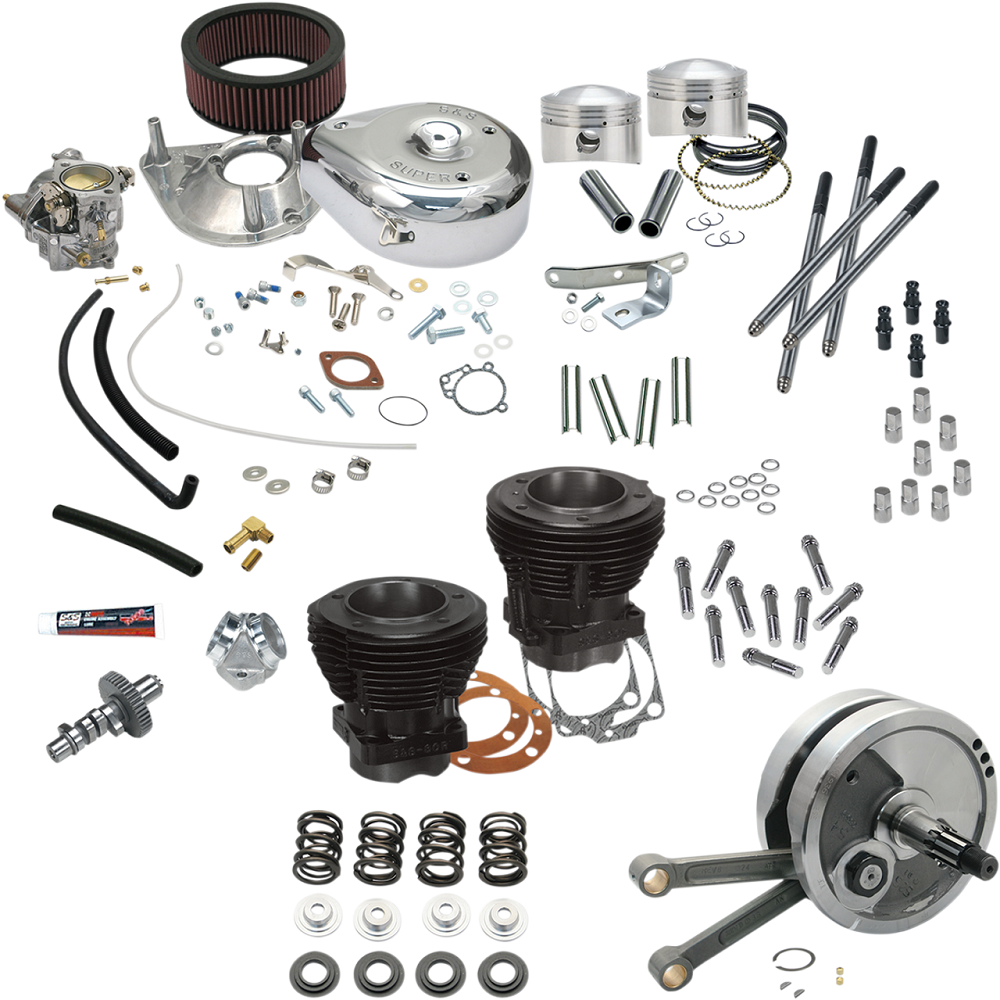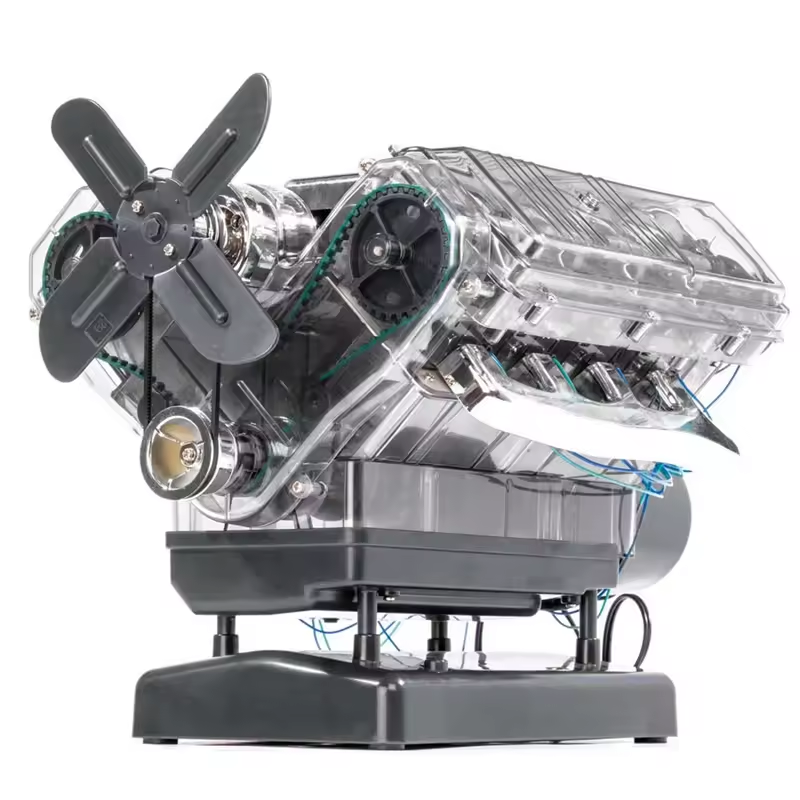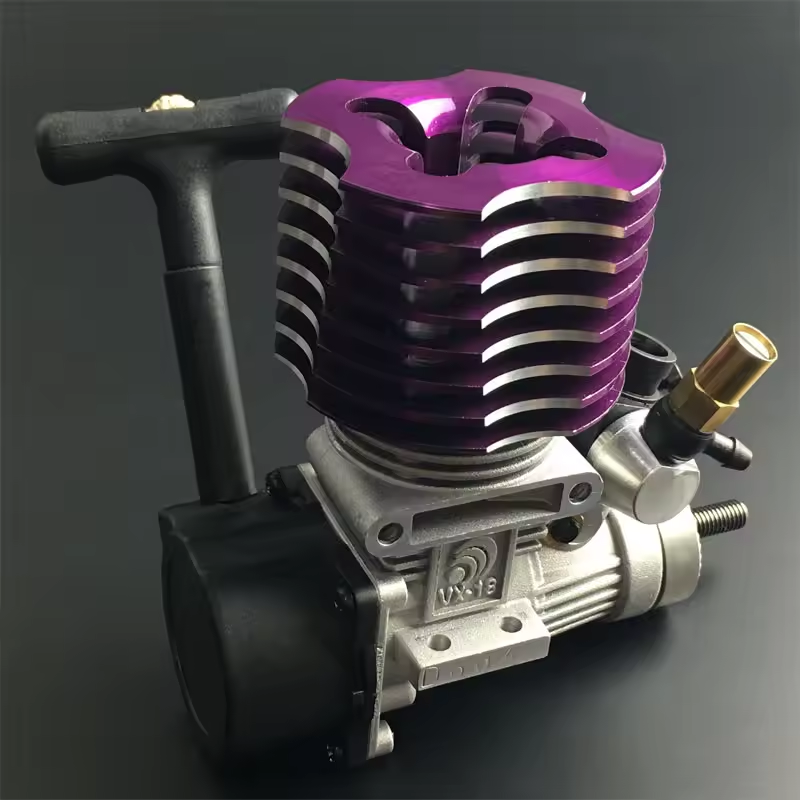The Skyline Engine: A Legacy of Engineering Excellence
The Skyline engine has become synonymous with automotive excellence, particularly in the realm of high-performance vehicles. Central to this reputation is the Nissan Skyline GT-R, a model that transformed the Skyline engine into a cultural phenomenon. First introduced in the 1960s, the Skyline series evolved from a luxury sedan into a symbol of racing prowess, thanks to its robust engines. The RB26DETT engine, introduced in the R32 generation (1989–1994), remains the most celebrated iteration, combining reliability with raw power. This inline-six engine, displacing 2.6 liters and featuring twin-turbochargers, produced over 280 horsepower in its stock form—a staggering figure for its time. Its engineering brilliance lies in its balance: it was both street-friendly and capable of dominating racetracks. Today, the Skyline engine continues to inspire enthusiasts worldwide, whether through nostalgia, tuning communities, or its influence on modern performance vehicles.
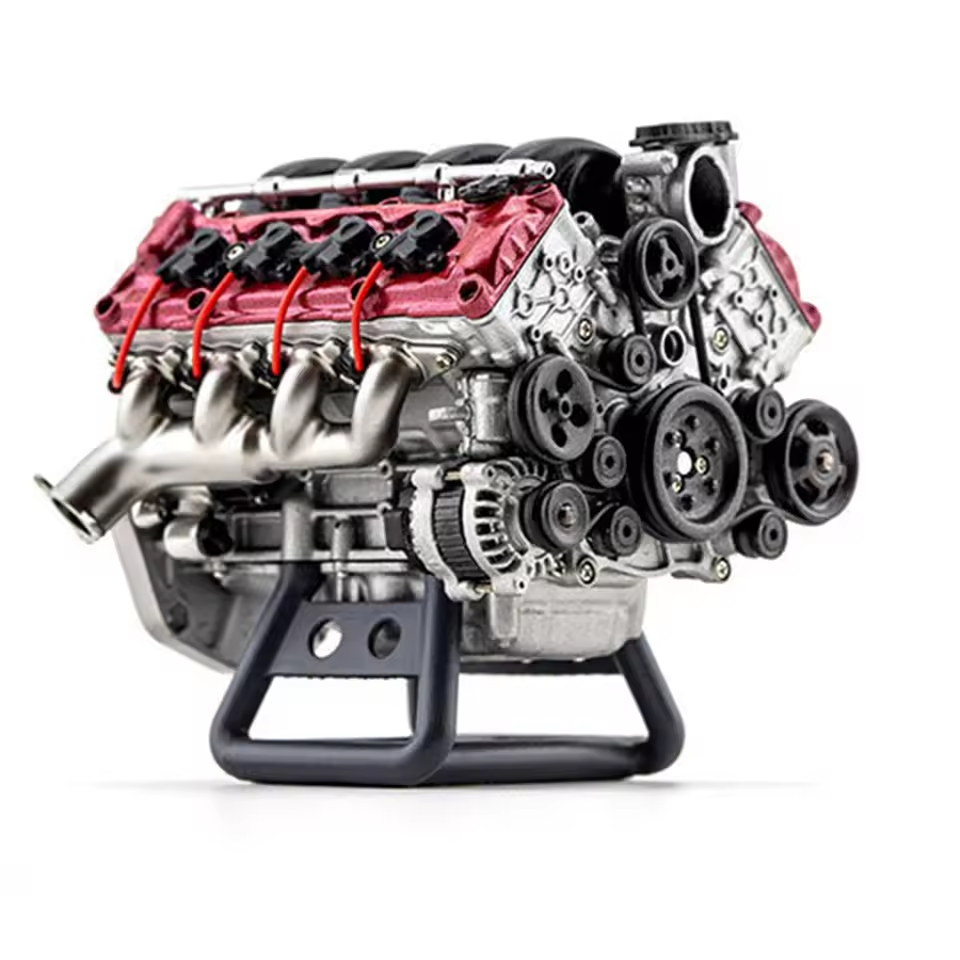
The RB26DETT: A Technical Breakdown
The RB26DETT engine is a marvel of engineering, engineered to balance power, reliability, and drivability. Its architecture begins with a forged crankshaft and h-beam forged connecting rods, which are critical for withstanding the extreme forces of twin-turbocharged combustion. The aluminum alloy block ensures light weight while maintaining rigidity, a design choice that became a hallmark of Nissan’s performance engines. The DOHC 24-valve cylinder head features intake and exhaust cams that optimize airflow at both low and high RPMs, aided by a variable induction system that alters the intake tract length depending on engine speed. This system improves torque at lower RPMs and high-end power by adjusting the path length of incoming air. Key technical features include:
- Forged crankshaft and pistons: Designed to handle high boost pressures without failure.
- Twin-turbochargers: A small and large turbo for seamless power delivery, minimizing turbo lag.
- DOHC 24-valve head: Enhanced airflow and combustion efficiency.
- Variable induction system: Adjusts intake length for optimal power across RPM ranges.
Despite its complexity, the RB26DETT was praised for its durability, even under extreme conditions. Its design philosophy prioritized reliability over raw output, making it a favorite among racers and tuners. However, its limitations—such as redline restrictions and cooling challenges—prompted enthusiasts to explore aftermarket modifications.
Tuning the Skyline Engine: Pushing Limits
Tuning the Skyline engine is an art that demands both technical expertise and creativity. The RB26DETT’s modular design makes it highly adaptable, but pushing it beyond factory limits requires careful planning. Turbo upgrades are a common starting point. Replacing the stock Garrett T25/T28 turbos with larger units like the HKS GT2862 or Precision 67mm turbos increases airflow, enabling boost levels of 20 psi or more. Ball-bearing turbos further reduce rotational inertia, slashing lag to near-zero.
Engine management systems (ECUs) are another critical component. Stock computers often restrict fuel maps and ignition timing, so swapping to aftermarket units like the AEM Ultra or Haltech Edge allows tuners to customize parameters. For instance, advancing ignition timing by 5° can increase power, but risks knocking without sufficient cooling. Fuel systems must also be upgraded; stock injectors (typically 450cc) may be replaced with larger units (e.g., 750cc) to handle higher fuel demands, paired with high-flow pumps.
For those seeking more power, the Skyline engine offers vast tuning potential. Common modifications include:
- Turbo upgrades: Larger turbos or ball-bearing setups to boost airflow and reduce lag.
- Engine management systems: ECUs like AEM or Haltech to optimize fuel and ignition maps.
- Forged internals: Upgraded conrods, pistons, and crankshafts to handle increased power.
- Intercoolers and intake systems: Enhancing cooling efficiency to prevent detonation.
- Exhaust systems: High-flow headers and downpipes to reduce backpressure.
Enthusiasts often target 600+ horsepower with bolt-on kits, while extreme builds can surpass 1,000 horsepower. However, such modifications require meticulous attention to cooling, fuel delivery, and engine management to avoid catastrophic failures.
Historical Evolution: From RB20 to RB26
The Skyline engine’s journey began with the RB20DET, introduced in the R30 Skyline GT-R (1981–1985). This 2.0-liter inline-six produced 150 horsepower but suffered from cracked head gaskets and turbocharger failures under heavy boost. Its limited displacement also made it unsuitable for endurance racing, prompting Nissan to expand the engine family.
The RB25DET (2.5 liters) debuted in the R31 generation (1985–1989), featuring a larger bore and revised turbochargers. Power increased to 170 hp, and reliability improved, but enthusiasts criticized its “soft” power delivery compared to rivals like the Toyota Supra.
The R32 Skyline GT-R (1989–1994) marked the pinnacle, with the RB26DETT. Nissan’s engineers addressed prior flaws: the forged internals and twin-turbo setup allowed 280 hp stock, while motorsport-derived cooling systems reduced overheating. The engine’s success in the Japanese Touring Car Championship (JTCC) and Australian Bathurst 1000 cemented its reputation.
Later generations saw incremental changes. The R33 GT-R (1995–1998) received a revised ECU for smoother power delivery, while the R34 (1999–2002) added a larger intercooler and reinforced oil pan. However, each iteration retained the RB26DETT’s core architecture, ensuring continuity for tuners.
Cultural Impact: The Skyline Engine’s Legacy
The Skyline engine transcended machinery to become a cultural phenomenon. In Japan, the RB26DETT symbolized the “Touge” (mountain pass) drifting scene, where drivers like Keiichi Tsuchiya showcased the GT-R’s agility. Films like The Fast and the Furious (2001) immortalized the R34’s “Skyline” moniker, even though the car was heavily modified for Hollywood.
Anime and games further amplified its mystique. In Initial D, the protagonist’s AE86 may steal the spotlight, but rival drivers like Ryouhei Kato’s R34 GT-R highlighted the engine’s power. Similarly, Gran Turismo players revered the RB26DETT for its precise handling and tunability, making it a favorite in mods.
The Skyline engine also united global communities. Forums like Skyline Forum and RB26.net became hubs for sharing builds, troubleshooting, and event coordination. Enthusiasts often debate the “best” generation: R32 purists praise its rawness, while R34 fans highlight its refinement.
Maintenance and Longevity Tips for the Skyline Engine
Even with its robust build, the Skyline engine requires meticulous care. Oil changes are non-negotiable—every 3,000–5,000 miles with synthetic oil (e.g., Motul 300V or Red Line). Neglecting this can lead to sludge buildup, especially under high-boost conditions.
The cooling system demands attention. Flushing the radiator every 2 years prevents corrosion, while replacing the thermostat ensures optimal operating temperatures. Overheating can warp cylinder heads or melt piston rings, so drivers in hot climates should add auxiliary fans.
Even with its legendary build quality, the Skyline engine requires proper care. Key maintenance practices include:
- Regular oil and filter changes: Use high-quality synthetic oil to combat turbo heat.
- Cooling system checks: Replace water pumps and hoses to prevent overheating, a common issue with high-boost setups.
- Fuel system monitoring: Use high-octane fuel or octane boosters to avoid detonation.
- Turbine and compressor maintenance: Clean or replace turbochargers every 50,000 miles to ensure efficiency.
- Monitor engine management codes: Address error codes promptly to prevent minor issues from escalating.
For modified engines, frequent dyno testing ensures components are balanced and safe.
Modern-Day Skyline Engine Innovations
While the RB26DETT era ended in 2002, its influence persists. The VR38DETT in the R35 GT-R (2007–present) retains the twin-turbo layout but adopts a V6 configuration for better packaging. Its direct-injection system and variable valve timing improve fuel efficiency, though purists argue it lacks the RB26’s “raw” character.
Aftermarket companies continue innovating for classic Skyline engines. HKS, Garrett, and GReddy offer bolt-on turbo kits with up to 30 psi of boost, while AEM provides ECU solutions for modern fuels and sensors. 3D-printed cylinder heads and carbon fiber intake manifolds are emerging for extreme builds.
Electric vehicles pose a challenge, but hybrid systems like the GT-R50 (a collaboration with Italdesign) explore new directions. Meanwhile, Nissan’s Nismo division occasionally releases limited-edition RB26-inspired parts, keeping the engine’s legacy alive.
Conclusion: The Enduring Appeal of the Skyline Engine
The Skyline engine remains a benchmark in automotive engineering, blending power, reliability, and cultural significance. From its origins in the RB20 to the legendary RB26DETT, it represents a golden age of tuner cars. Whether admired for its racing heritage or celebrated by enthusiasts who push its limits, the Skyline engine continues to inspire a global community. For those seeking a timeless symbol of automotive passion, the Skyline engine stands as an irreplaceable icon—one that will forever rev in the hearts of gearheads worldwide.
